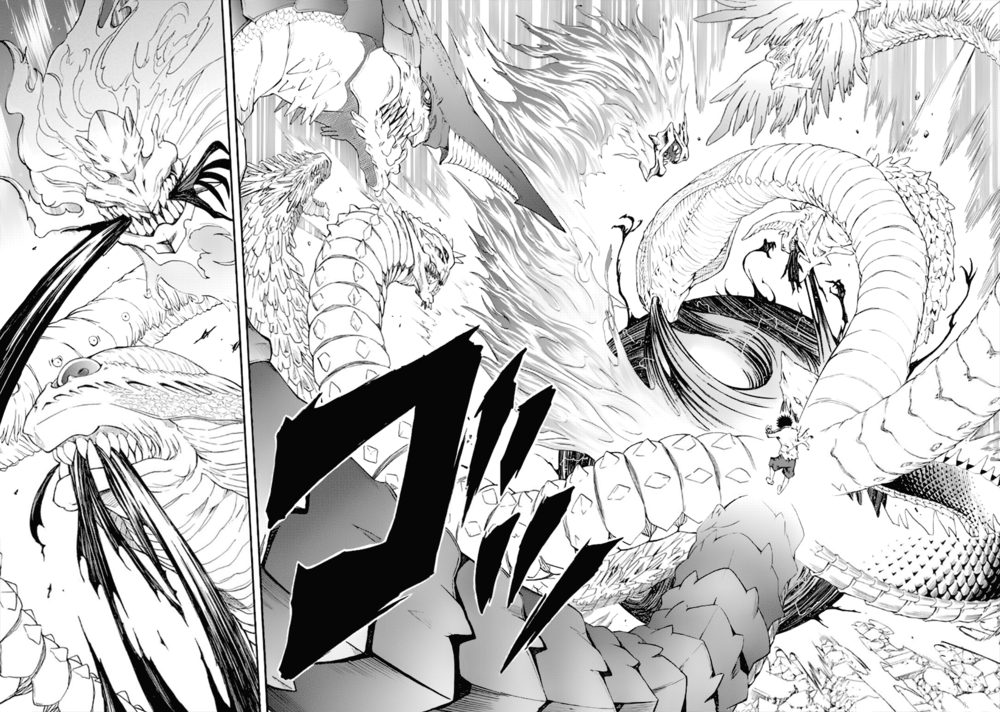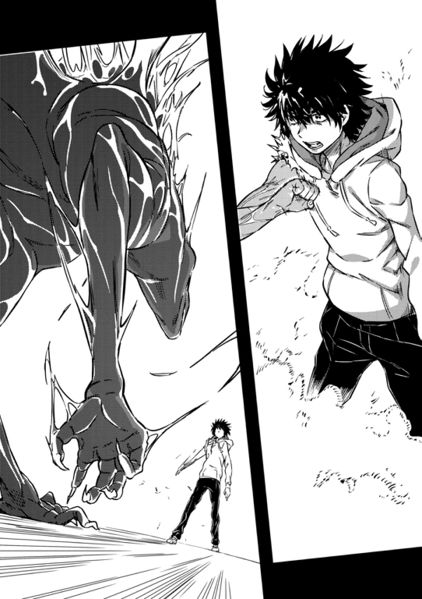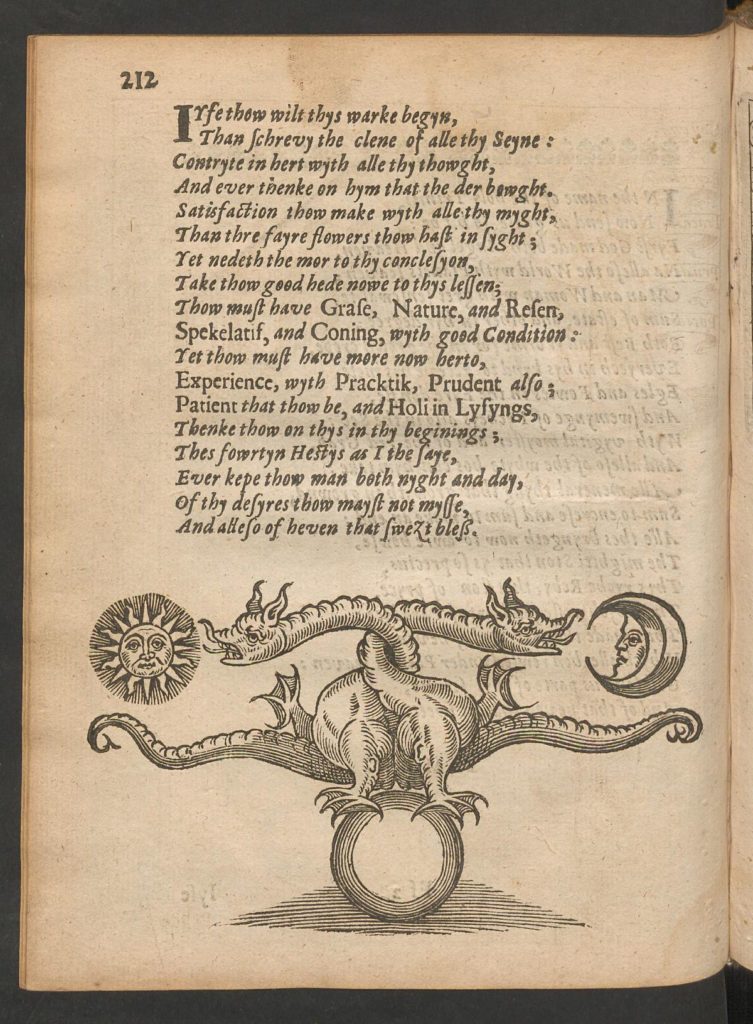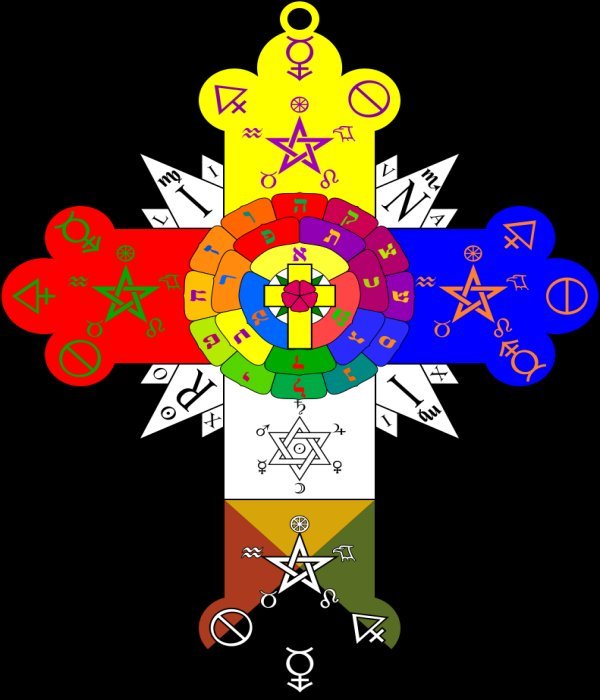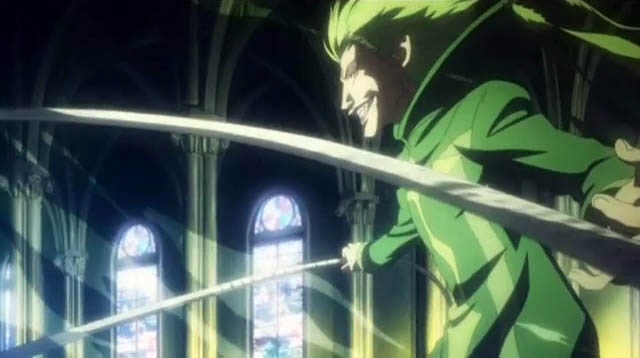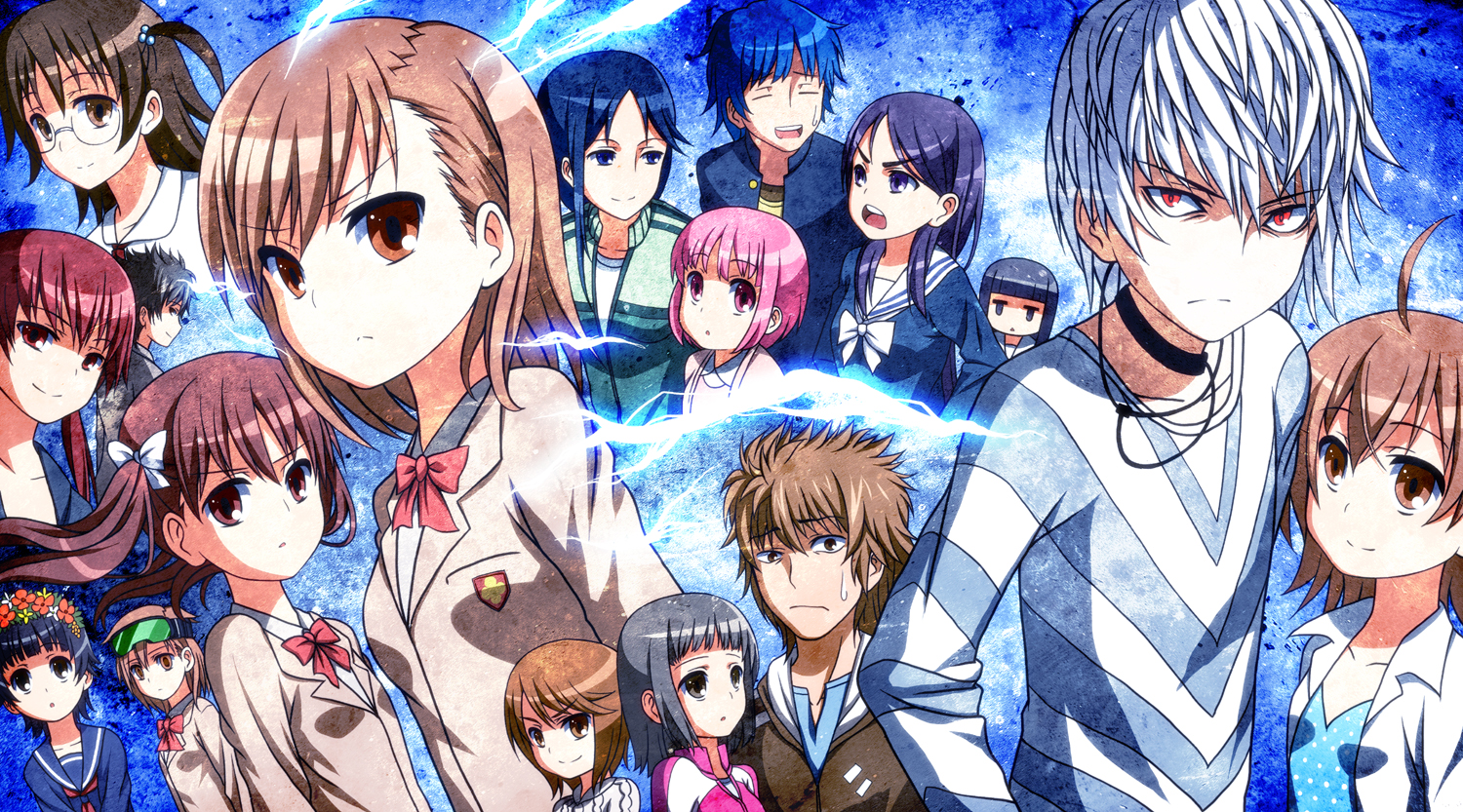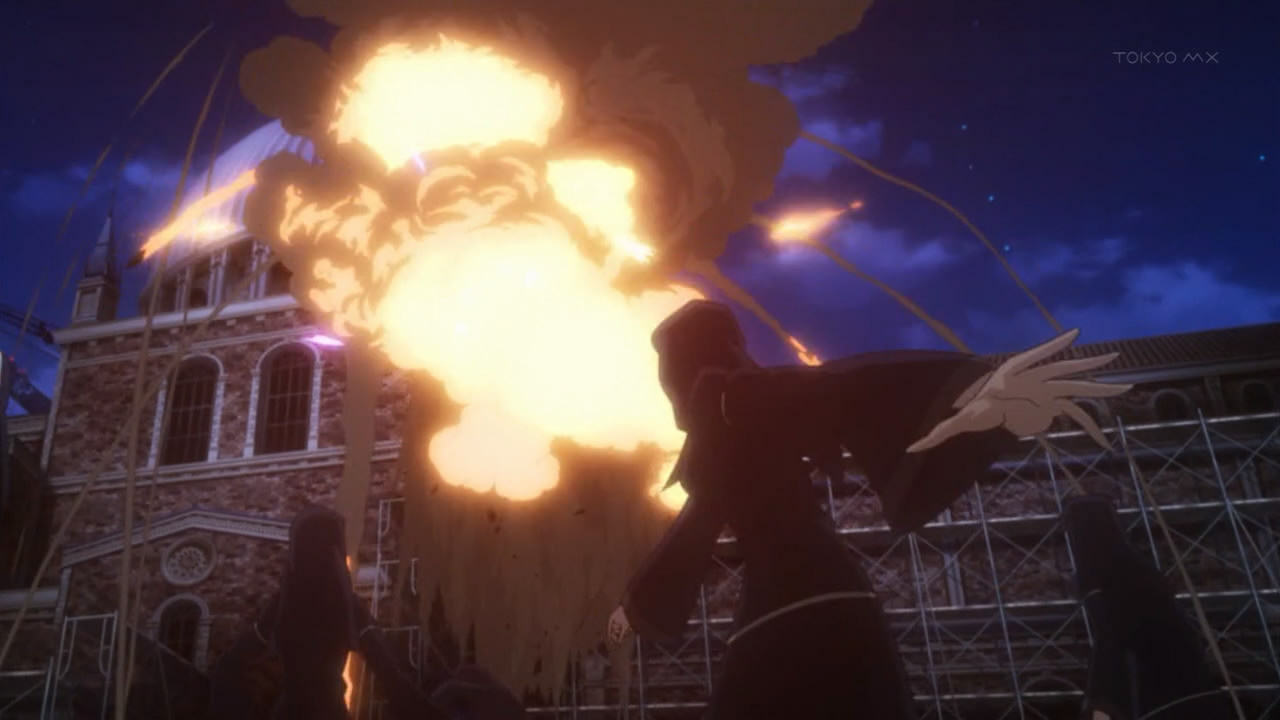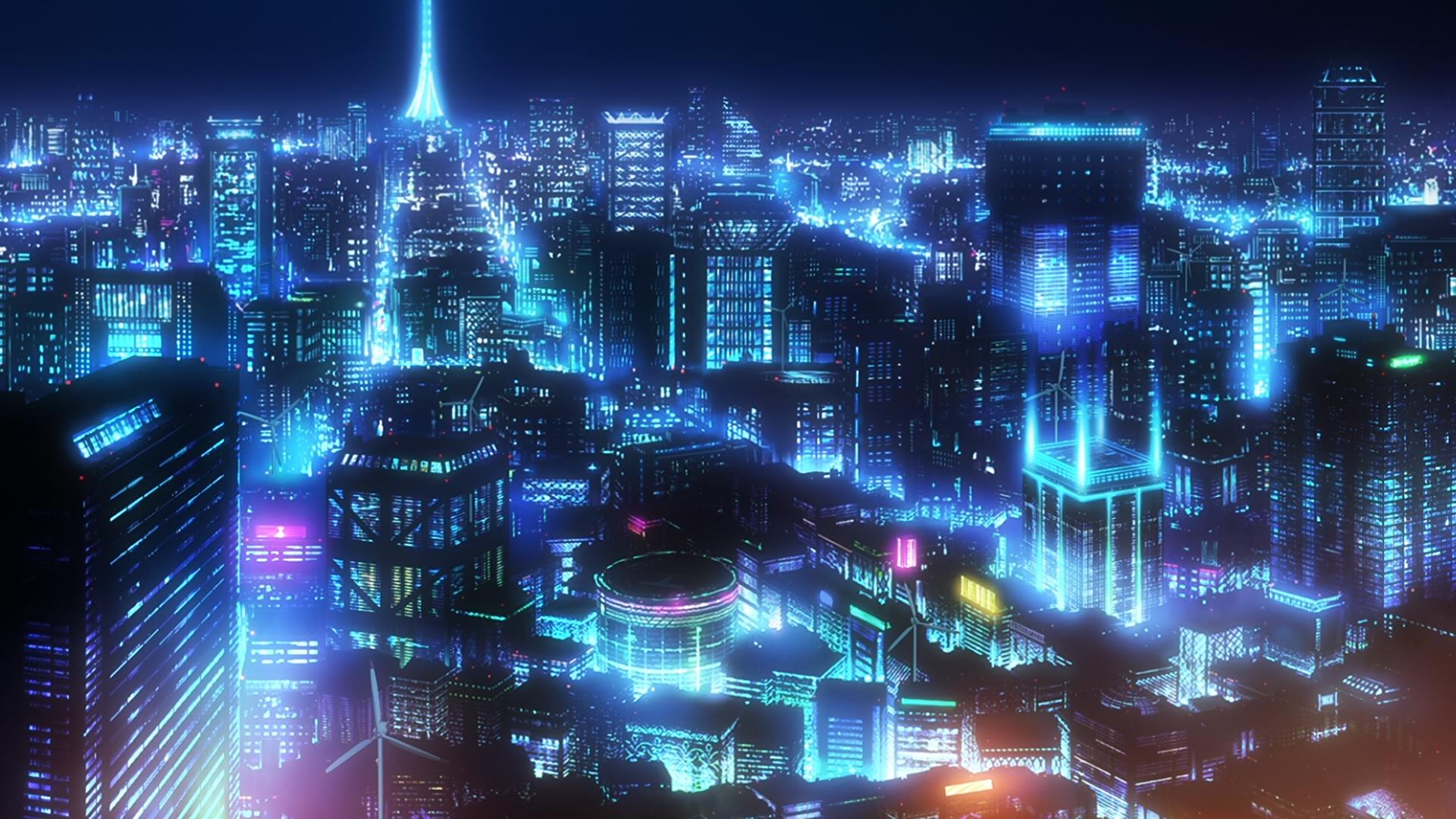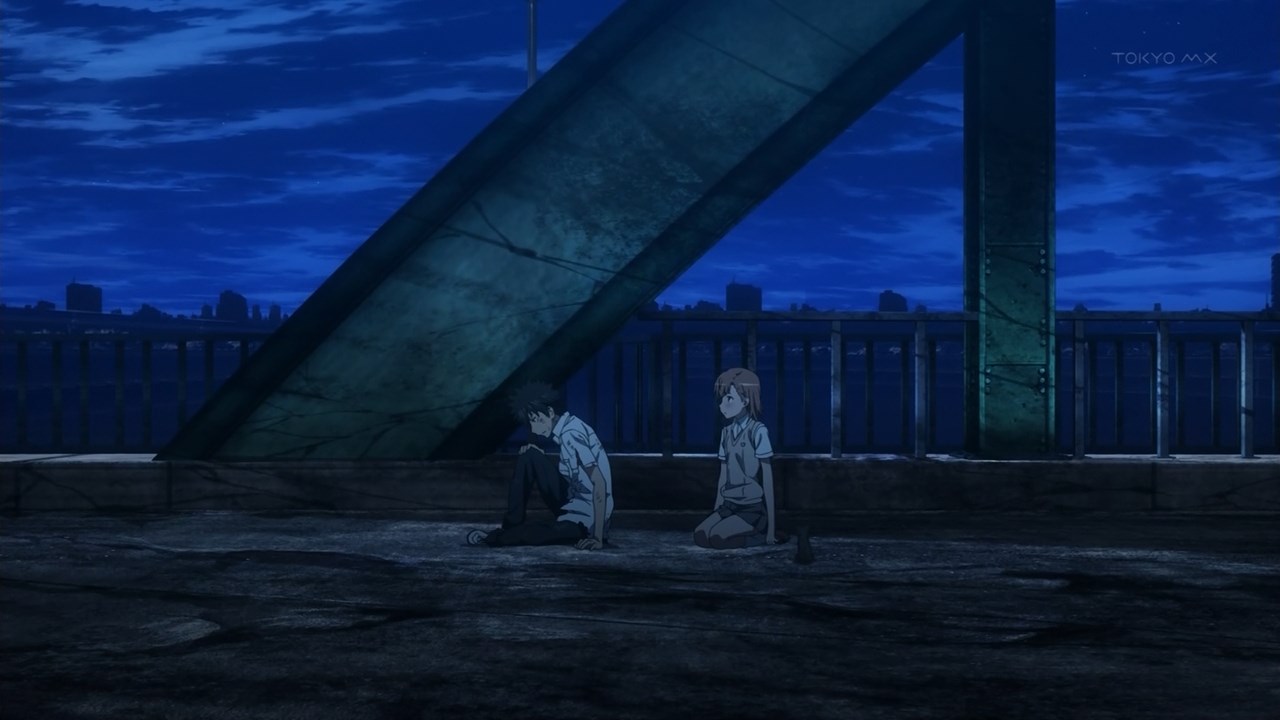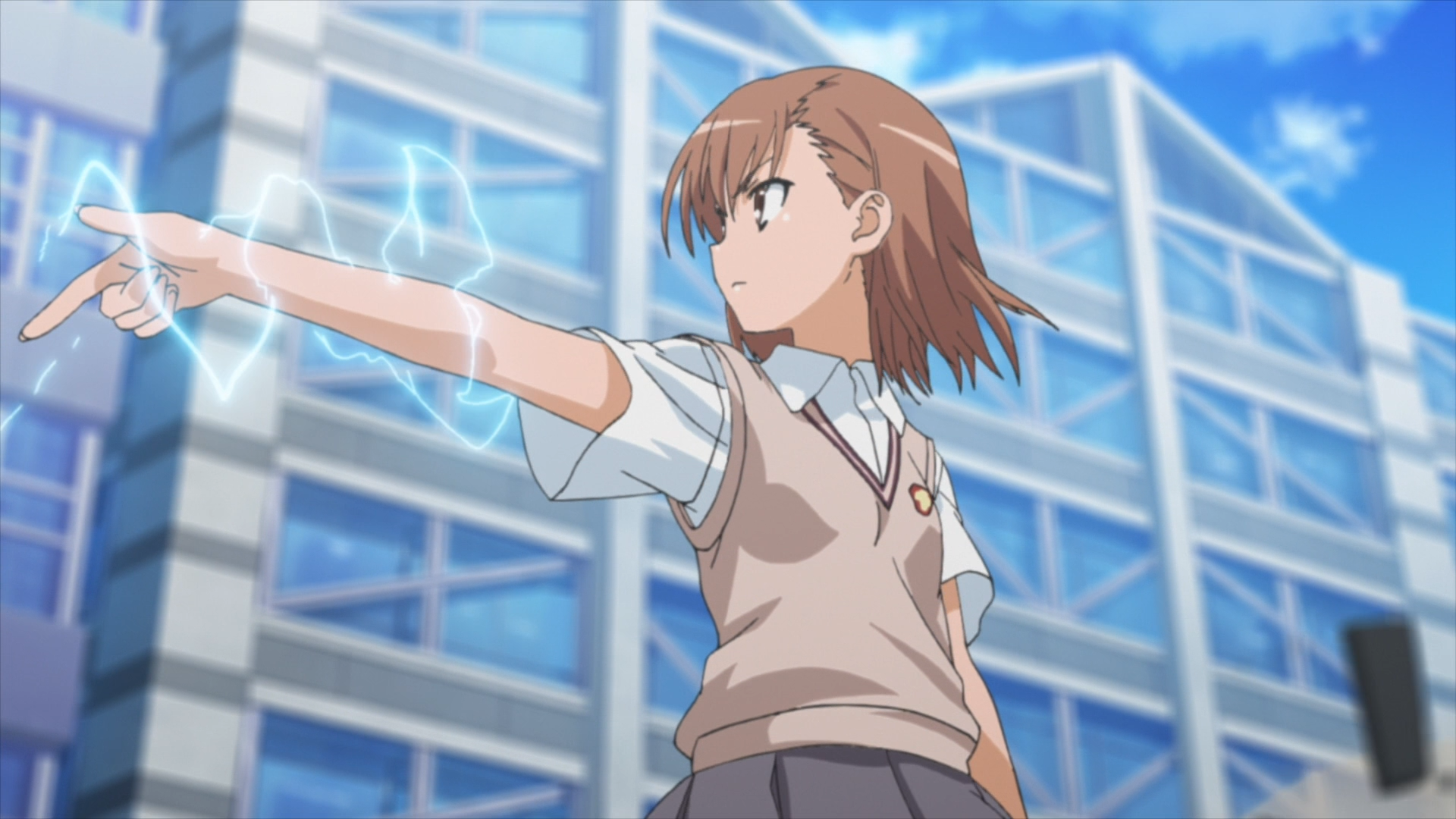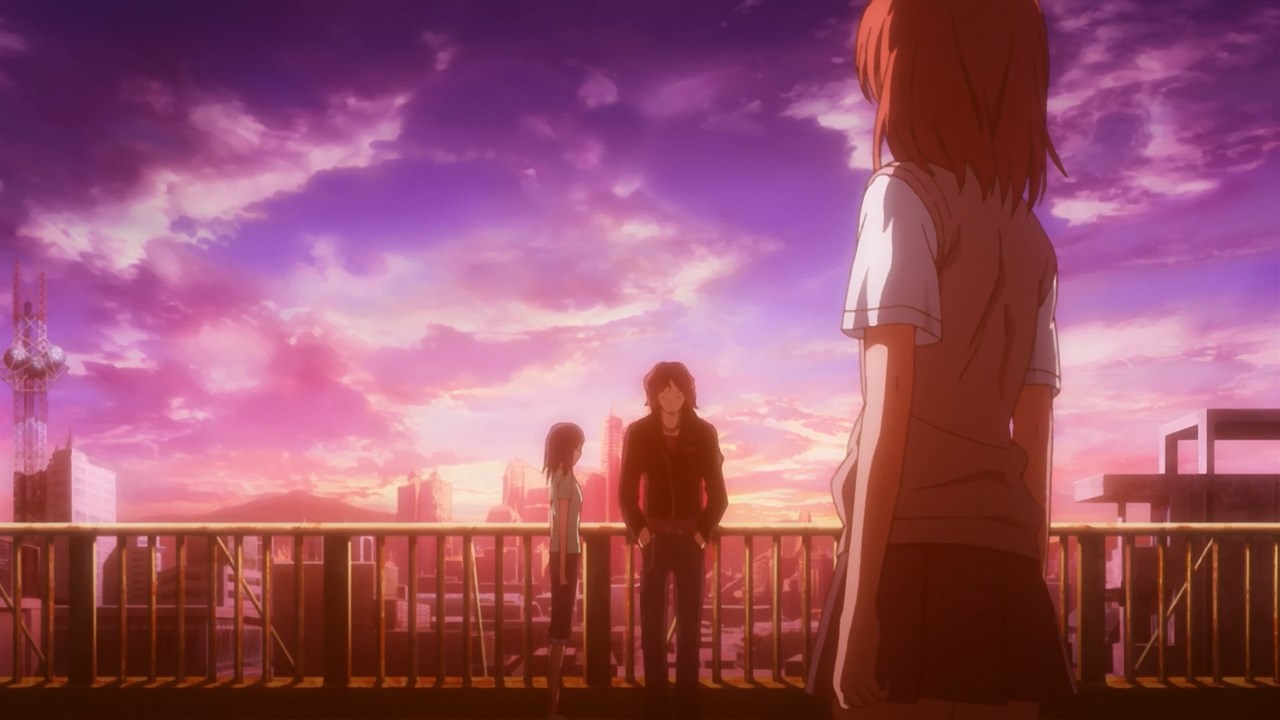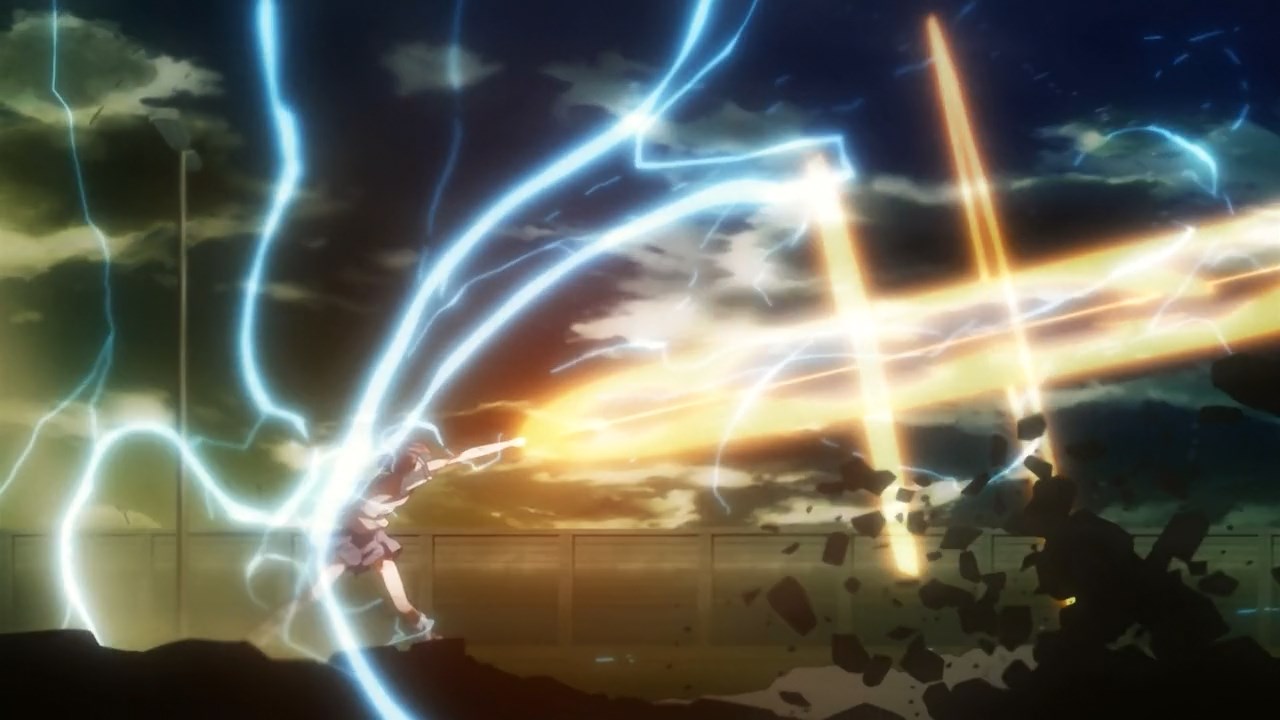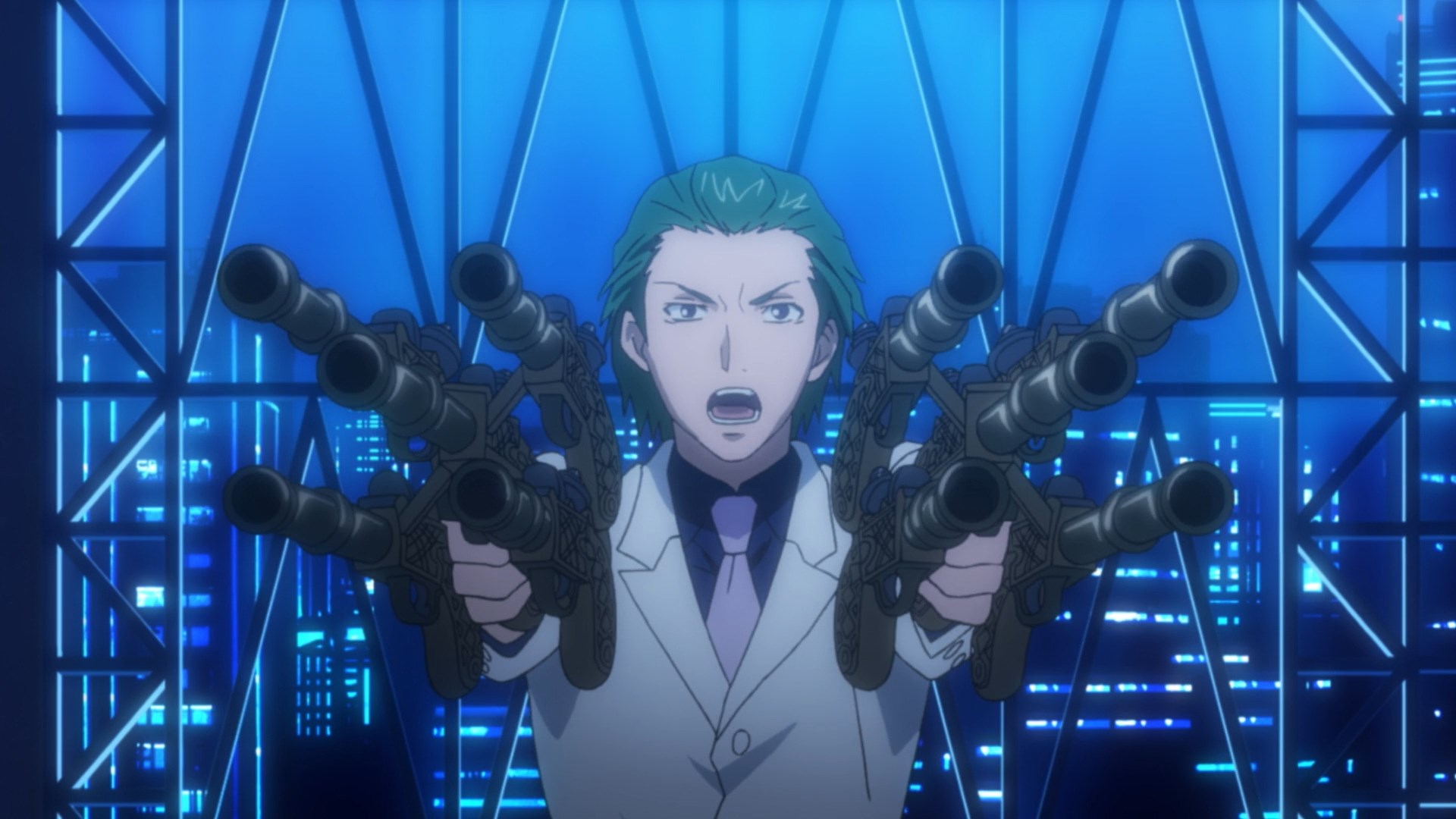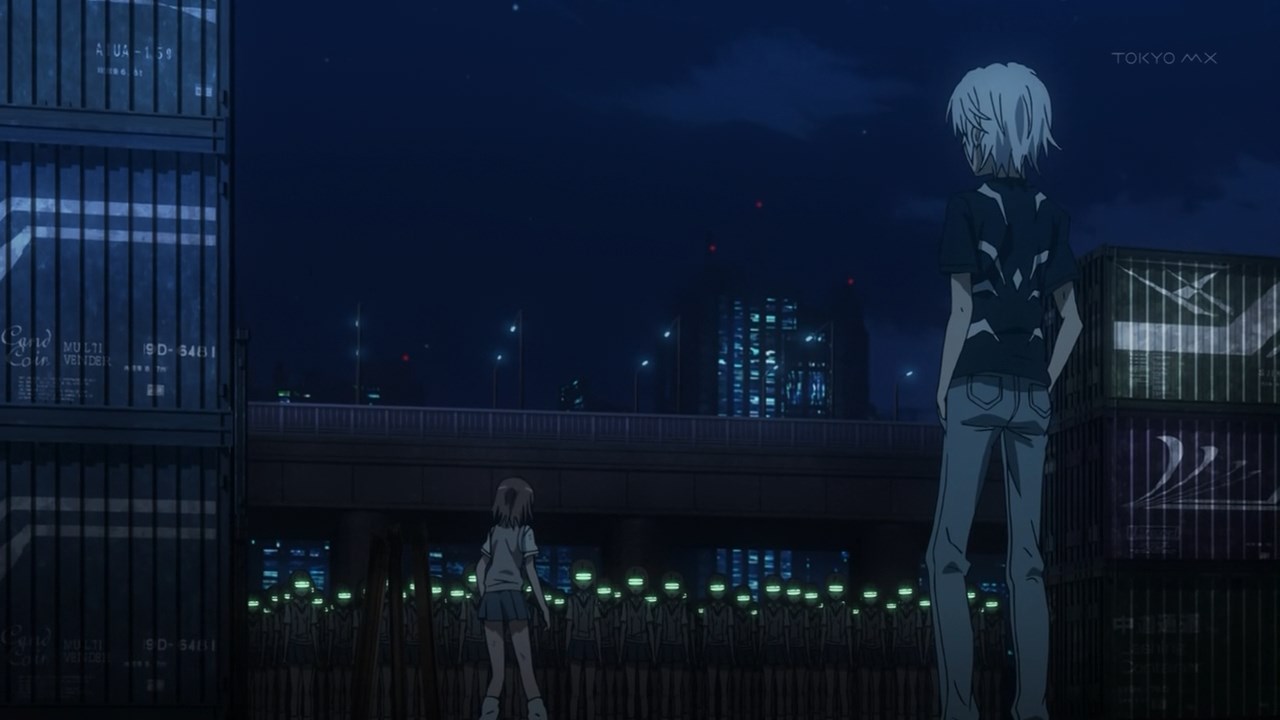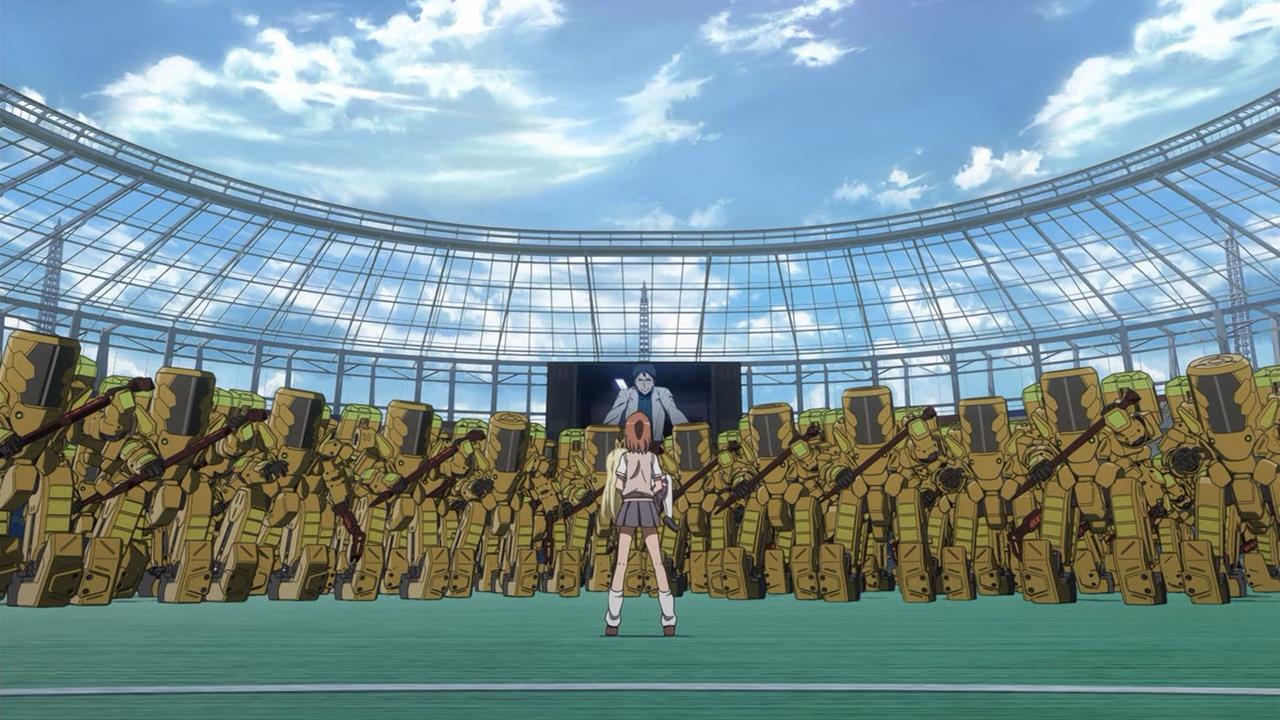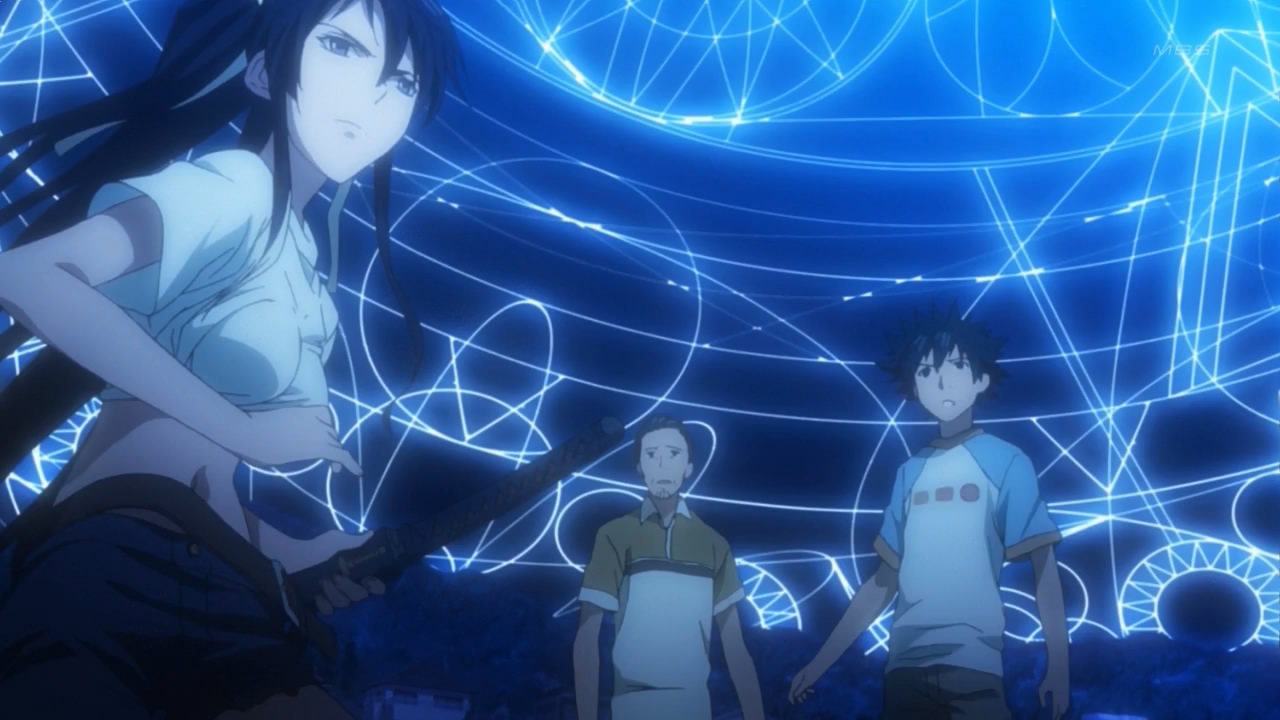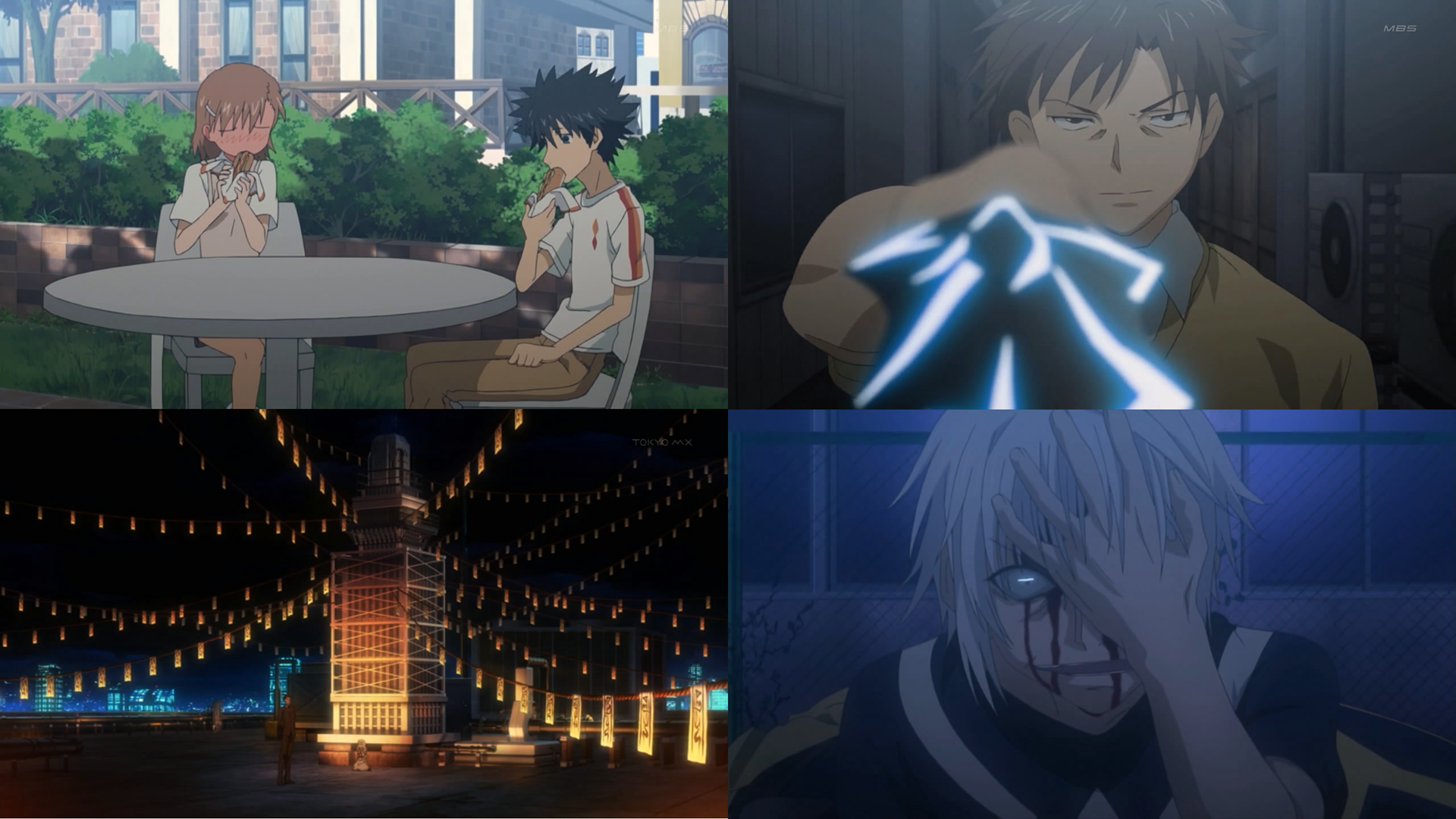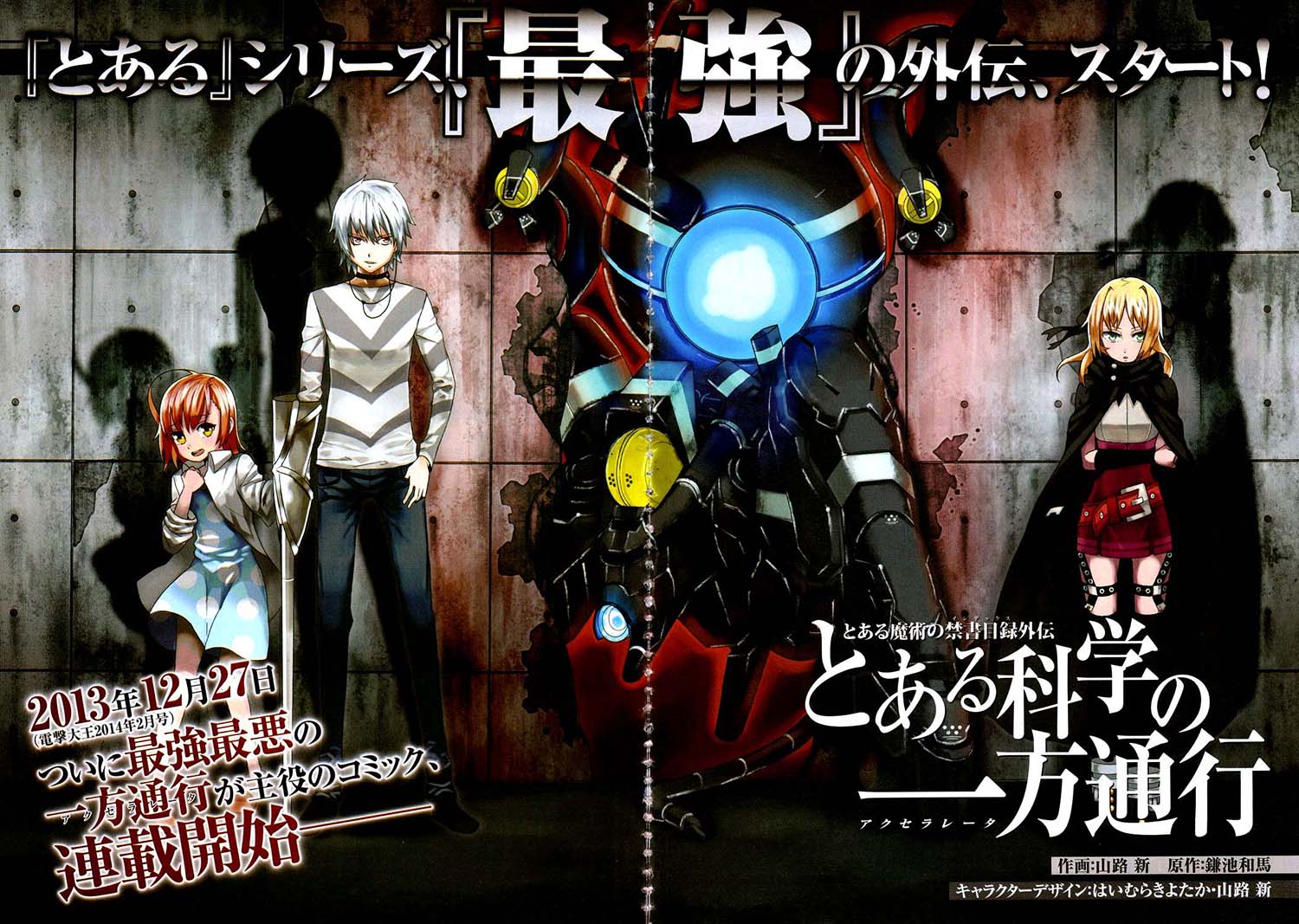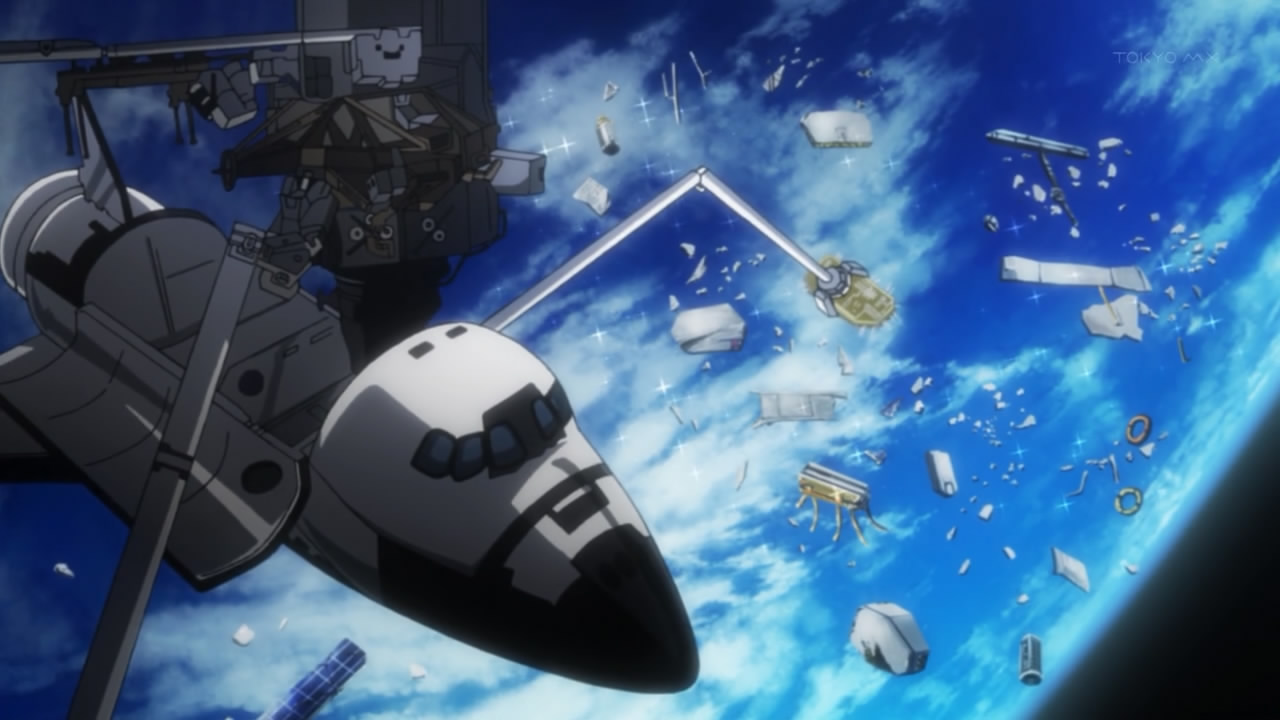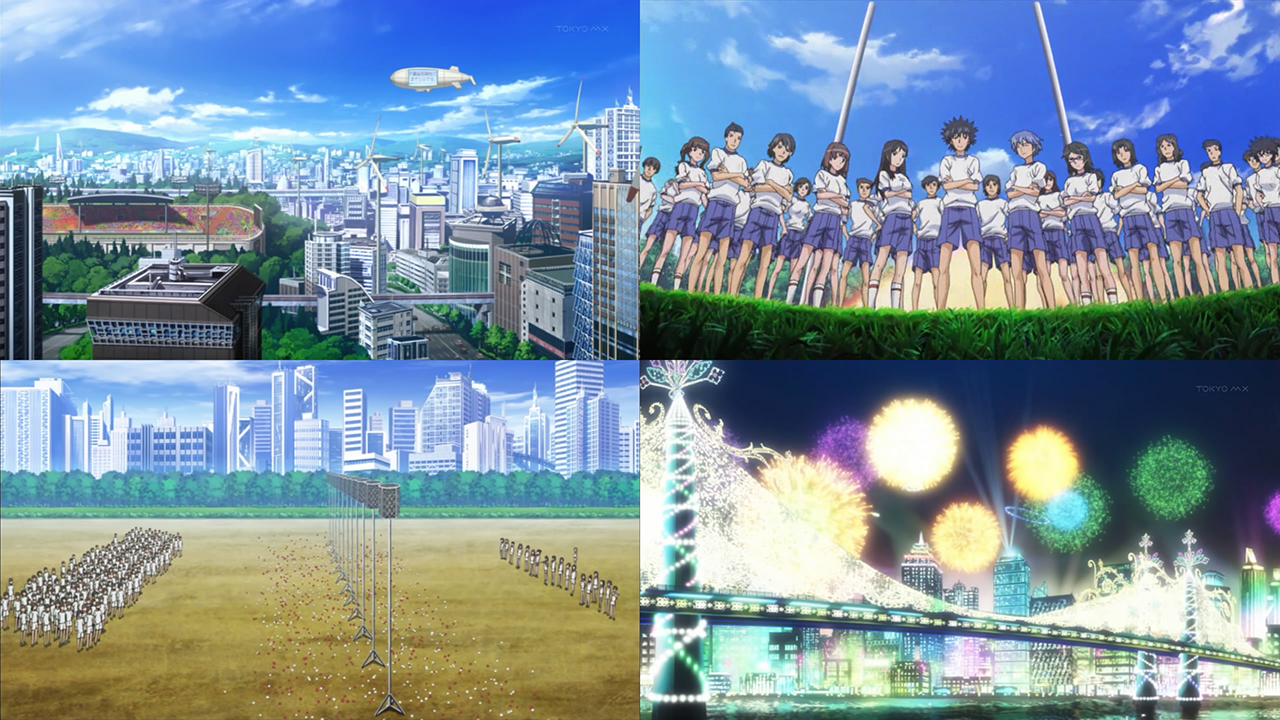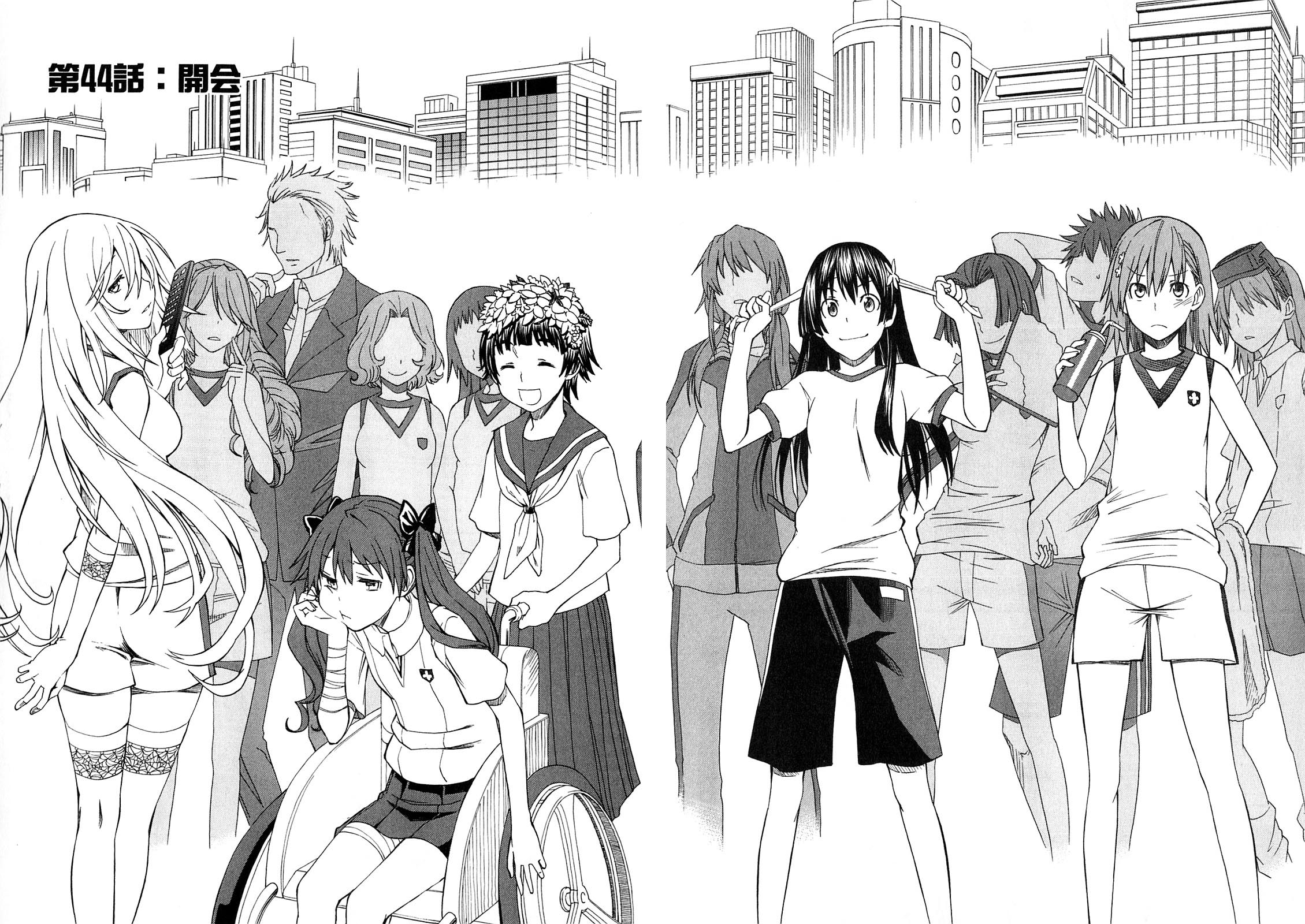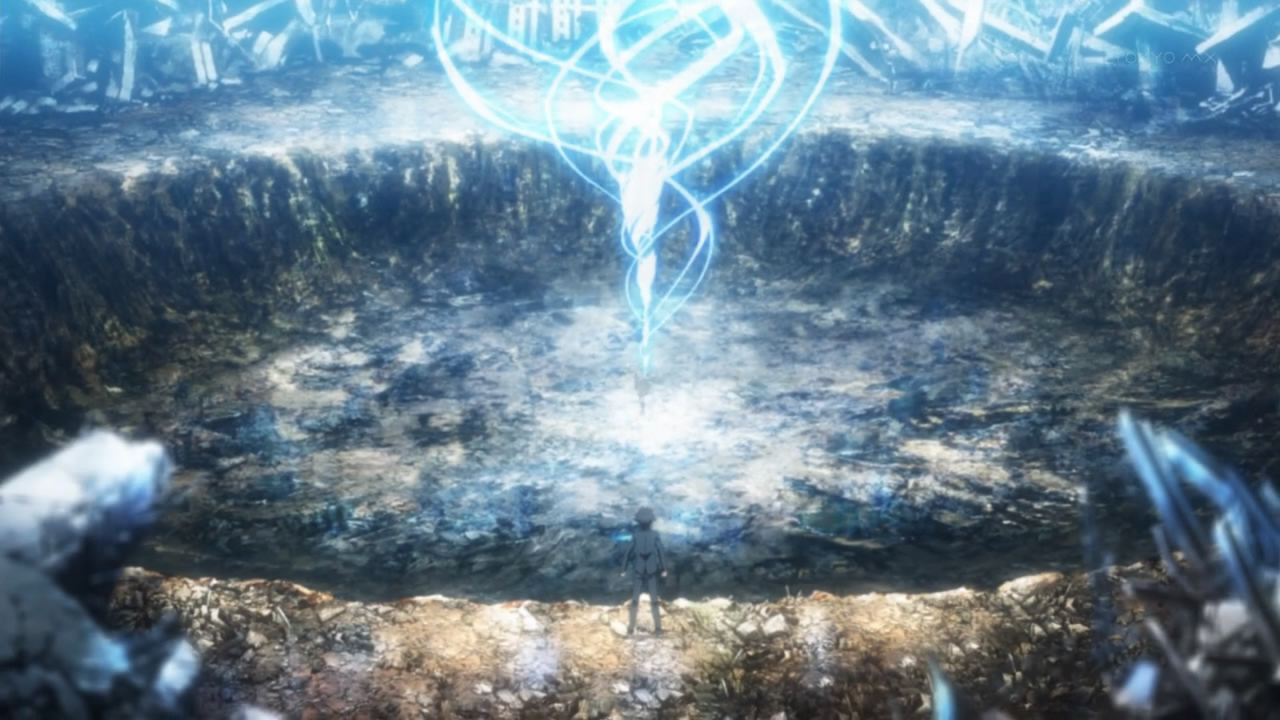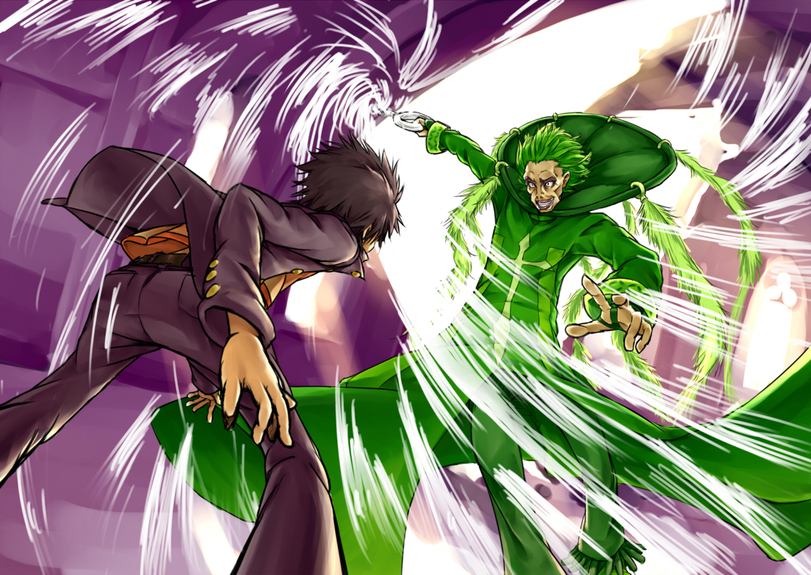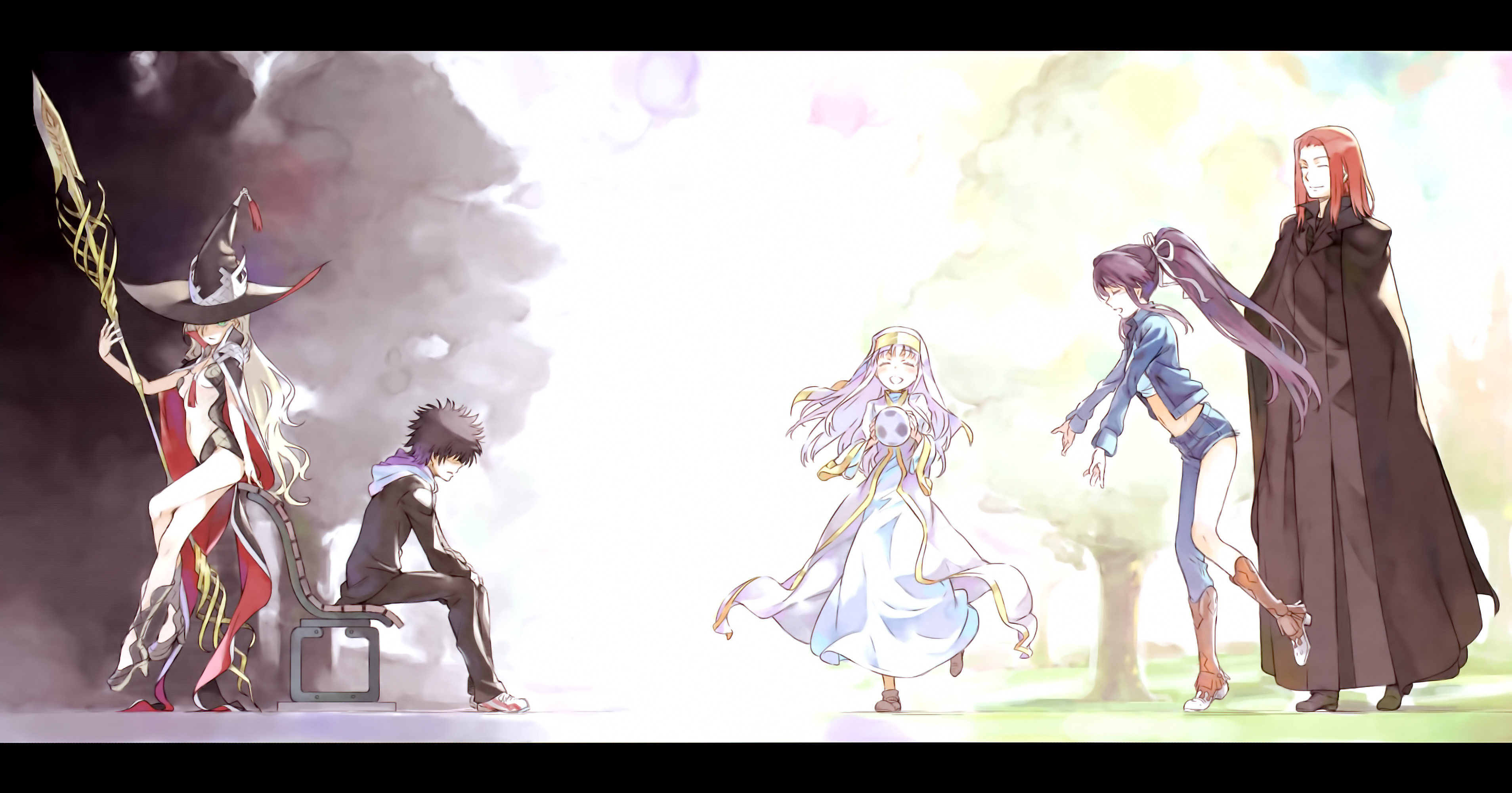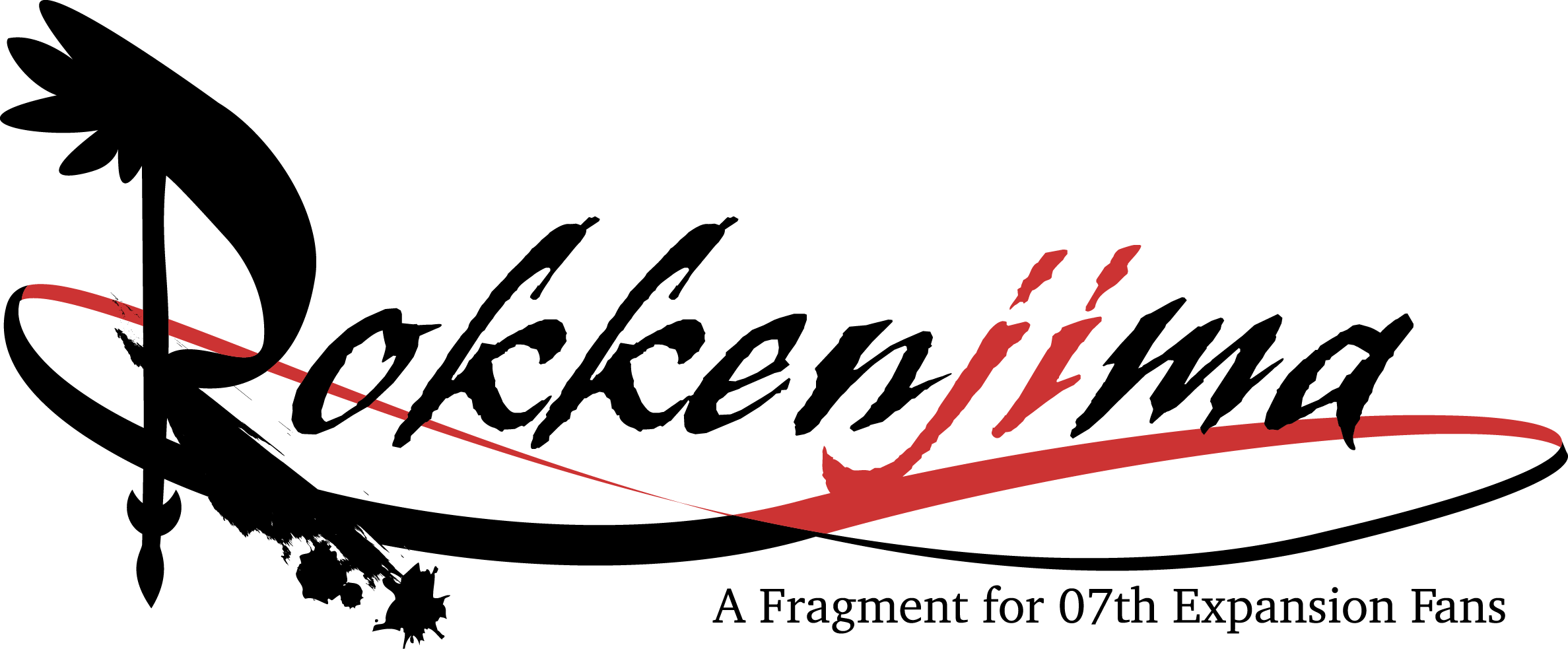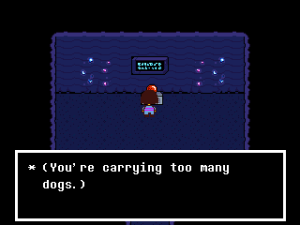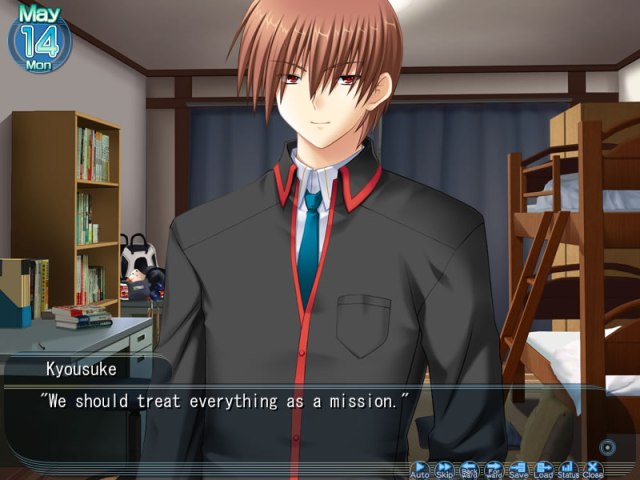Update: Spreadsheets more your thing? Check out this spreadsheet I made of all Toaru media and their release dates and dates in the chronology!
This blog doubles as a video! For the full experience please watch the video below, but feel free to refer to this blog for a text-based guide as you like.
Back in 2017 I published the “Definitive and totally unbiased guide on how to enter the Toaru series (and why you should!)” here on this blog that managed to get a lot of positive attention from people curious in the series and long-time fans alike. Since then I’ve received a lot of requests to update or remake the blog with information on all the new content that’s been made available since then. But I figured, if I was gonna remake it, I wanted to put in the effort to make it extra presentable. So that’s what I’ve done!

https://miro.com/app/board/o9J_l6ZStvI=/?invite_link_id=710717823331
Presenting the Toaru Series flowchart! A manic burst of inspiration comprising about 7 hours of work. It may be a lot to take in at a glance, but that’s why I’m here! The goal of this guide is merely to present all of your options on how to experience the story, because there are so many different ways to enjoy the Toaru series. When you break it down, it’ll start getting a lot simpler.

But let’s say you just want a quick and dirty guide on what order to watch the anime in. In short, you can either start with Index 1 or Railgun 1 or Railgun S even. Once you’ve watched Index 1 you can watch Accelerator or go straight to Index II, then Index III, and only after watching all of Index and the rest of Railgun should you watch Railgun T. There, you can all go watch Toaru now! But assuming you either want a bit more explanation for this watch order, or you want to mix and match your viewing experience, or perhaps you’re even interested in the various novels and manga, then strap in because I’m gonna blow this whole thing wide open!
Before we get into the guide itself though, I wanna provide a brief introduction to the series for those new to Toaru; doing so will also make it a lot easier to explain the different paths the flowchart takes. I’ll try my best to keep it brief, but I apologise in advance for any tangents I end up on!
So, the Toaru series is a mixed media franchise authored by Kamachi Kazuma, a mad genius who physically cannot stop writing. The story is set in a familiar Earth where each of the world’s major religions and spiritual organisations have within them magicians who wield the power of magic to meddle in international affairs in secret. Though this isn’t your garden variety of JRPG magic. The magic in the Toaru series is heavily researched and based upon real-world occultism and mysticism. The central principle of how magic works in Toaru is Idol Theory; the idea that symbolism, representation or imitation of some object can invoke the same properties and attributes of the original. An everyday example of this would be the rituals of baptism and eucharist in Christianity using everyday objects, food and drink to invoke the properties of God and Christ. In the context of Toaru, this can be applied to a near infinite number of fantastical applications. Using runes to summon a giant of fire taking on the likeness of the witch-hunting Pope Innocent VIII. Constructing a magic circle by use of onmyoudou, feng shui and coloured origami representing the four cardinal directions and the four guardian animal gods of Japan. Wielding an obsidian dagger based on the Aztec god Tlāhuizcalpantecuhtli to reflect the light of Venus to destroy anything that light touches. These are just some of the potential applications of magic. And most importantly, anybody can perform magic with enough hard work and effort. That is, with the sole exception of Espers, who are unable to perform magic without sustaining grave injury.
Developed through a specialised curriculum and a cocktail of unknown drugs over the period of a child’s schooling, Espers are children who have awakened to unique supernatural powers. These powers seemingly have nothing to do with Idol Theory or rituals or incantations or life force, all that’s required for an Esper to manifest their ability is for them to perform the proper calculations in their mind. Some examples of Esper abilities include the ability to manipulate the friction coefficients of objects, the power to launch electrons in the ambiguous state between particle and wave and fire them as deadly beams of light, the control over the emotional distance between people, or the ability to implement the principles of string theory to teleport by moving through 11-dimensional space.
However, because each Esper’s powers are unique and will manifest differently, there are many with weak or immeasurable powers, and so it creates a system where the most successful Espers get the most attention and funding, while those who show no results fall through the cracks and often fall into a life of crime just to survive. The primary setting the Toaru series takes place within is Academy City, an independent and walled-off city-state within the island of Japan with a population of 2.3 million which produces and contains all the world’s approximately 1.8 million Espers, along with many scientific research institutions. It is said that the technology of Academy City is 20 to 30 years ahead of the rest of the world, and it protects the secrets of its technology from leaking to the outside world with an iron grip. But don’t let my anti-academy city propaganda fool you, the city is a scientific utopia for most people living in it! As long as you’re a mid-level Esper you’ll be free to enjoy a fun and relaxing life, just don’t look under the surface to the insidious dark side of the city and you’ll be fine! It’s not a capitalist dystopia at all. Oh and, don’t bother looking up the name of the founder and board chairman of Academy City, Aleister Crowley on Wikipedia. He definitely doesn’t have any relation to the real world English occultist of the same name who died in 1947.
The tone of the series is quite eclectic and fluid, dancing between super serious political intrigue and crime drama, light-hearted comedy and somewhat questionable fanservice, fast-paced, flashy and highly tactical battles, and more than a few powerfully evocative moments that really tug at the heartstrings. The world of Toaru is rife with corruption, but the heart of the series is filled with a warmth and hope that refuses to be extinguished, no matter what horrible things may happen to our protagonists. It’s a story that examines what it means to be a hero from every angle. The ideology of a hero, the strength and/or power needed to be a hero, how heroes impact and inspire those around them to action, and how heroes can be seen as threats to the status quo and those in power, and how it takes more than special powers to be a hero or a villain.
So then, let’s take a step back from the setting and talk about the franchise. The Toaru series began with a series of Light Novels titled ‘Toaru Majutsu no Index’ or ‘A Certain Magical Index’ which began serialisation in 2004, and continues to go strong with 3-4 new books every year, with a current total of about 50 volumes, not counting side stories, of which there are quite a few. And as if that wasn’t enough, the success of the Index light novels saw a spinoff series ‘Toaru Kagaku no Railgun’ or ‘A Certain Scientific Railgun’ commencing serialisation in 2007.
Both Index and Railgun have received different adaptations as well. A manga adaptation of Index started serialisation in Monthly Shonen Gangan in 2007. The following year an Anime of Index began broadcasting it’s first season in 2008, followed by an anime of Railgun in 2009. There’s also some other media, but we’ll get to them later.
So, this brings us to the question: where does one start? Time to bring up my flowchart! Generally speaking, there’s two ways you can start. You can either start with Index with the Index arc, or you can start with Railgun with the Level Upper arc. Both stories occur more-or-less concurrently at the start of the timeline in the story, so you can really start with either one. Index serves as a great introduction to the multi-layered world of Toaru and throws you right into the action, while Railgun takes a slower approach and focuses more on Academy City and the science side of the world. There’s also differences depending on which adaptation you pick. Notably, the Railgun manga is much shorter and more condensed than the Railgun anime, which opted to add a lot of filler and anime-original story arcs to reach a full 24 episodes. What you end up with is an anime that feels a lot more… Fluffy than the rest of the Toaru. A lot more girls doing cute things, just relaxing and having a good time, in between solving crimes and conspiracies. A lot of people really love the atmosphere of Railgun’s first season, but it is a notable departure from the general feel of the rest of the series, so that’s worth keeping in mind when making your decision.
At the end of the day, it’s up to you. The debate of which series to start with continues to this day, but as someone who’s consumed all of the story, my personal recommendation is that it’s best to start with the intended beginning of the series and read or watch the Index arc first. As for which medium you choose, that’s another topic that requires some examination! As you might expect, Index is a very wordy light novel series full of inner monologues, lots of dense examination of the workings of magic and sci-fi concepts, and plenty of worldbuilding. These are things that get largely trimmed out of the anime adaptation, so what you’re left with is a much lighter viewing experience. For some this may be preferable, but if you really want to fully immerse yourself in the world and the characters of Toaru, my recommendation is always going to be to read the Index light novels over the adaptations. There’s also the problem that the anime tends to suffer in some places. Some books get as few as 3 or 2 episodes to adapt all of their content, so the anime tends to have a feeling of being rushed and hard to follow at the best of times. There’s also the animation problems, which really become apparent in the third season of Index especially and left many viewers with a bad taste in their mouths, so that’s something to keep in mind as well.
Now, let’s say you are interested in Toaru, but you don’t have the time or motivation to read through 49 light novels. Another option is to read the manga, which as an adaptation is rarely brought up within the fandom, but I feel deserves a lot more attention and respect. The Index manga notably skips volumes 2 and 4 of the light novel, so you may need to switch to a different medium for those arcs, but since then they’ve been adapting every story arc in order as it comes. Though the manga is also slow to produce, and it is still not even half-way through the content of Index season 3, so I think people tend to overlook it. But I can say with confidence that the Index manga is a vastly superior adaptation of the light novels than the anime is. If you’re looking for a way to get the most out of the series while saving many many hours of time, the manga may be the best way to get into it. It goes into a lot more detail than the anime does, due to not being constrained by episode limits, and very rarely even includes scenes or dialogue not present in the light novel.
As for how you can procure these, almost all Index content up to the end of Old Testament and all Railgun content has been localised and released for purchase in English. You can find the Index and Railgun anime on a variety of streaming platforms depending on your region, with their third seasons available on Funimation and Crunchyroll, dubbed and subbed. You can also purchase them on Blu-Ray or DVD. The Index light novel and manga, and the railgun manga are all available to purchase courtesy of Yen Press either physically or digitally, however some of the earlier volumes have been going out of print, so I can only wish you all the best in finding physical copies. Good luck, soldier!
So, let’s say you’re pretty adamant that you only want to watch the anime to start with. I do have one other recommendation that has proved successful when I watched the series through with a few friends. That being, use reddit as your viewing companion! Back in 2018, reddit user u/Razorhead hosted a rewatch of the first two seasons of Index and Railgun on r/anime in preparation for the upcoming Index III, Railgun T and Accelerator anime (what’s that third one? Don’t worry about it yet). These included discussion threads for every episode, and at the top of each thread you’d find a number of posts by u/Razorhead he called ‘small facts’, which go into detail about everything from the light novels that the anime failed to cover. These posts are very comprehensive and extremely helpful, and really enhanced my viewing experience when I watched through the anime again with some friends, who also gave me a lot of positive feedback for sharing these titbits with them. If you’re interested, a handy collection of all of u/Razorhead’s Small Facts posts can be found at the link here: https://www.reddit.com//r/toarumajutsunoindex/wiki/smallfacts
If you’re going through the anime without reading the source material, then these posts will be an invaluable guide to you. Maybe someday I might end up doing some video summaries of each of the arcs on my Youtube channel, and if I do I might link them in the description, but for now this is the next best thing.
So, let’s start getting into the flowchart proper! The first arc of Index is the Index arc, comprising Volume OT1 of the Light Novel, episodes 1-6 of the first season of Index, and chapters 1-10 of the manga. This serves as our basic introduction to Kamijou Touma, the titular Index, as well as the setting of Academy City and the magic/science dichotomy, forming the basis for the rest of the story to come. The first arc of Railgun is the Level Upper arc, comprising Chapters 1-17 of the manga and episodes 1-14 of the anime. This arc introduces us to Misaka Mikoto’s circle of friends and the Judgment organisation, as they investigate a conspiracy involving the city’s population of Espers and a program that seems to amplify their abilities. If you continue watching the first season of the Railgun anime, you’ll find two anime-original story arcs in Big Spider and Poltergeist, which continue the general trend of Mikoto’s friends investigating conspiracies in Academy City, amidst the daily slice of life content. The Toaru Kagaku no Railgun PSP game also fits in here with the anime continuity, though keep in mind it’s very much a side story and its canonicity is disputed. The second arc in Index is the Deep Blood arc which was skipped in the manga, comprising Volume OT2 of the Light Novel and Episodes 7-9 of the anime. This arc feels a little bit like a side story at times, but it’s still a decent arc t hat does introduce and flesh out characters and concepts that will remain in the story for a long time, so I don’t recommend skipping it unless you plan on coming back to it at some point.
After Deep Blood we get to the Sisters arc, which will probably raise some question marks for anyone looking at the flowchart! What’s unique about this arc is that it’s actually received a total of 4 adaptations on top of the original light novel (OT3). There’s the index Manga (c. 11-22) and Anime (e. 10-14), and there’s also the Railgun Manga (c. 18-39) and Anime (Railgun S e. 2-16), which depict the series of events from a different perspective, since this arc is all about Misaka Mikoto. There is certainly merit to experiencing the light novel first as it will contain some worldbuilding details that none of the other adaptations do, but I’d like to make the case for the Railgun anime version as the primary way to experience this arc. Unlike the Index anime or the first season of Railgun, the Railgun S adaptation of the Sisters arc is extremely high quality. It has a tiny bit of filler that wasn’t in the manga, but for the most part it’s a very loyal and comprehensive adaptation. But what’s really relevant here is that the Railgun version of the Sisters arc includes a lot more content that wasn’t explored in the Index version, as the Railgun version depicts all the events in Mikoto’s life that lead up to the confrontation with Touma that we see in Index, and I can’t stress this enough – this is really, really good content, with no compromises made on quality for the anime. When first getting people into the Toaru series through the anime, I always watch through the first 9 episodes of Index before jumping to Episode 1 of Railgun S. Despite switching between the two different series, almost everything that happens in the Index version of this arc is also depicted in Railgun, so it flows really well as a perspective shift. The first episode of Railgun S is technically anime original, but it does a good job introducing the viewer to Mikoto’s daily life before diving into the Sisters arc, so no prior knowledge of the first season of Railgun is required. Of course you can go back and watch the first season of Railgun first if you want, or you can go back to it at any time and won’t really lose out on anything. There’s lots of options available, but I really think episodes 1-16 of Railgun S is the best way to experience the Sisters arc, and an excellent way to hook new viewers into the appeal of the Toaru series. The Silent Party arc which follows in the Railgun anime is once again anime-original though (and arguably non-canon), so you can watch it or skip it as you like. But don’t rush to Railgun T yet, or you’ll get very lost! More on that later.
After the Sisters arc, you have the Angel Fall arc, the second arc that the manga skipped (OT4, e. 15-17). I don’t recommend skipping this arc as it has a lot of great worldbuilding and exploration of how magic works, but the light novel is definitely the best way to experience it in my opinion; the anime really pales in comparison here. Following that is the Three Stories Arc, which as the name implies, contains three separate mini-arcs in one book (OT5, c. 22-33, e. 18-20). One of those, the story of Ouma, is pretty much unrelated to anything in Toaru and is easily skippable. In fact, it was actually moved to the first episode of Index Season 2 so they had an extra episode to use elsewhere for the first season. The other two are pretty important though. The story of Unabara Mitsuki explores the impact Touma’s actions are having on the geopolitical stability of the world, while the Last Order story serves to introduce our second protagonist of Index, Accelerator, number 1 ranked Esper of Academy City!
Speaking of, that’s also the name of another Toaru spinoff series, ‘A Certain Scientific Accelerator’. Despite being a secondary protagonist in Index, the powers that be saw fit to give Accelerator a spinoff series of his own. This series was originally a manga and was more recently adapted into a 13 episode anime covering the first arc. The Accelerator series takes place directly after the Last Order portion of the Three Stories arc, with the Necromancer arc (c. 1-36). It’s worth noting though, the Accelerator series is very much a side story with very little impact on the rest of the series. The only lasting legacy it has is the introduction of a few characters that show up later in Railgun. But it’s by no means required reading to continue Railgun, so please treat it as the side story it i s. Also um, the Nectar arc that follows is kinda really bad, so bad that they seemed to put a complete halt on the series, heh. The Necromancer arc is okay, but it’s more about Esther and the Hishigatas than Accelerator; Accelerator is just there to look cool really. If you want actual character development for Accelerator, best to stick with the Index series; that’s where it all happens. The Accelerator series ends with a final chapter connecting it to the events of the Tree Diagram Remnant arc which come a bit later in Index.
There’s also another short spinoff manga that came out recently, Toaru Kagaku no Dark Matter, which as of right now has yet to see an official English release. It takes place at this point in the timeline but follows the Number 2 Esper of Academy City, Kakine Teitoku, giving a small piece of his backstory before he is introduced later in Index. Feel free to read it at any time you want from this point.
And there’s ALSO also a non-canon 4koma manga that branches off from the timeline at this point called Toaru Idol no Accelerator-sama, that involves a project to turn all of the Level 5 Espers into Idols. It’s not exactly canon, but it’s not exactly NOT canon either. Check it out if you want a fun read!
Now, there’s also another story that takes place around this time: a Railgun side story novel, ‘Liberal Arts City’ where Mikoto and friends go on an excursion to an artificial island on the coast of California. Now, I call it a Side Story because SS is literally in the title, but don’t be mistaken; this story is surprisingly important to the Railgun continuity! If you haven’t read Liberal Arts City, you will be very confused by the inclusion of a certain character later in Railgun. So if you want to avoid confusion while following the Railgun plot, I recommend checking out at least the Sisters Arc, the Liberal Arts City arc and the Tree Diagram Remnant arc. Regrettably though, Liberal Arts City was never adapted into Anime or Manga, and it hasn’t even been officially released in English. Up to you if you want to read it or not, but I highly recommend it. It’s also a really great read in general, and I’m hoping they animate it some day.
Index continues with the Kazakiri Hyouka arc, which is a pretty pivotal arc for the worldbuilding of the Index series, and marks the end of the first season of the Index anime (OT6, e. 21-24, c. 34-44). Continuing on we have the Orsola Aquinas Rescue arc and the start of Index season 2 (OT7, e.1-5, c. 45-57). This arc sees Touma and company directly involved in the political conflict between different Christian sects, further developing the political backdrop of the magic side of the world. Around this point in the timeline there’s also a couple of side stories, including the Toaru Majutsu to Kagaku no Ensemble PSP game and two Index side story novels: Road to Endymion and Necessarius Special Admission Test. Feel free to read these whenever you want, as they are completely optional. Most of these Index side stories are all about fleshing out different characters and concepts on the magic side of the world, for people who love that kind of thing, which I definitely do!
After that in Index we have the Tree Diagram Remnant Arc (OT8, e. 6-7, c. 58-65), which is significant on this chart because it’s a book focused on Mikoto’s friend Kuroko, and further builds on the events of the Sisters arc. If you plan on continuing Railgun, this arc is essential viewing, otherwise you may be very confused why Kuroko is in a wheelchair when Railgun continues. Before we move on, there’s also a couple more side stories set at this point in the timeline. The Miracle of Endymion movie is totally optional and doesn’t really have any lingering impact on the rest of the story, but it’s a fun watch nonetheless, as most anime movies are. Toaru Majutsu no Index SS: Kanzaki meanwhile provides more insight into the magic world by following Kanzaki on a number of her missions from necessarius. This book is noteworthy as it provides the origin story of a character who will return later in the Ichihanaran Festival Arc in Index New Testament.
Next is where things get a bit contentious, as we have the two Daihasei Festival arcs; one for Index (OT9-10, e. 8-13, c. 66-85) and one for Railgun (c. 43-70, e. 1-15 of Railgun T). Unlike the Sisters arc, these two arcs are largely independent from one another, even if they do influence each other. In terms of timeline, you could certainly continue to watch or read the Railgun Daihasei Festival arc right now, but personally, I don’t recommend it. This arc was written after the conclusion of Index Old Testament, and it’s written in such a way that it expects the viewer to have knowledge of those events in the story . My personal recommendation is to read or watch the Index side and come back to the Railgun side later, but it’s your call. I will say though, the Railgun T anime is SUPURB and some of the best animated Toaru content ever, so it’s well worth the wait.
Index continues with the La Regina del Mare Adriatico arc (OT11, e. 14-16, c. 86-97). This one is, kinda universally panned by the community, and maybe not worth the time to deeply invest in? Basically, Touma pisses off the Roman Catholics by getting involved in their affairs again and trying to save people. Maybe just watch the anime or read the manga for this one, but it’s up to you. It is notably the first of many arcs where Touma travels to a different country.
The novel Toaru Majutsu no Index SP also takes place around this time, and introduces some characters who will become relevant later in Index. It’s very much an optional side story though, don’t feel like it’s essential reading, but it’s a pretty fun time.
Following that is the Academy City Invasion Arc (OT12-13, e. 17-23, c. 97-116), which is largely agreed to be the point where Index starts getting REALLY good, and introduces the broader ‘Gods Right Seat’ saga that the novels follow until the completion of Old Testament. The anime adaptation is also one of the better arcs of the Index anime, but as always, Light Novel and Manga are gonna have more content, so it’s up to you.
There’s also a short side story that takes place around this point in the timeline as well: Toaru Majutsu no Index New Testament SS. Following after the events of the Invasion arc is the Skill-Out Uprising arc, which amusingly wasn’t even included as a mainline novel but instead in the ‘Index SS’ novel (e. 23-24, c. 116-122). Despite the name, this is NOT a side story. Not even the manga skipped this one! It introduces us to GROUP, as well as our soon to be third protagonist of Index, Level 0 best boy Hamazura Shiage, the delinquent with a heart of gold. Though he won’t be a protagonist until two books later. This also marks the end of Season 2 of Index, and for many people was where the story ended for 8 years. Yeah, there was a real long gap between Seasons 2 and 3 of Index. As a result, you’ll find this is where many people started picking up the light novels, and have a lot more to say about the story. It’s certainly not a bad place to start reading from either.
Following that with the start of Index Season 3 is the Document of Constantine arc, where Touma travels to France to fight another member of God’s Right Seat (OT14, e.1-3, c. 123-132). After that is the Battle Royale Arc (OT15, e. 4-6, c. 133-149). Now, this arc is very widely critically acclaimed in terms of the light novel and manga, but the anime adaptation was extremely rushed and difficult to follow for most viewers. If you’re braving the anime for this arc, do not go in without Razorhead’s Small Facts, I urge you! It also skips many of the amazing scenes with Hamazura, and that’s a damn shame considering this is where he rises to protagonist status! I can safely say however that the manga adaptation is a fantastic way to experience this arc, and I strongly recommend it over the anime adaptation.
Things also get a bit busy around this point in the timeline. This is where the Dream Ranker arc, the second half of Railgun T broadly takes place (c. 71-97, e. 16-25). Dream Ranker is largely a prequel to the Battle Royale arc, but it won’t make any sense if you haven’t read the Battle Royale arc first, so the Battle Royale arc is absolutely recommended reading beforehand. Believe me, there was a lot of confusion on Reddit when this arc aired for people who never watched Index III. But again, my personal recommendation is to finish Old Testament of Index first before continuing with Railgun if you want the best experience without any spoilers. Don’t worry, we’re nearly at the end of Old Testament now!
Additionally, there’s also another manga series that has been released in English that takes place at this point in the timeline, Astral Buddy. This is a real gem of a series that follows the life of Hokaze Junko, friend of Shokuhou Misaki, and is deeply entwined with Shokuhou’s past. You could read it at this point, but this story references a lot of events that aren’t explored until much later in the series timeline, so I recommend holding off until then if you can. Following this there’s also the new and ongoing ‘Toaru Kagaku no Mental Out’ manga series which seems to follow after the events of Astral Buddy and Dream Ranker.
Continuing on from the Dream Ranker arc in Railgun is the Jailbreaker arc (c. 98-130), which is the most recent Railgun arc to be published in manga, with a new arc currently in progress. It’s unknown how far Railgun will continue to go, but from here on out things get a bit more straight-forward in terms of the timeline. On the Index side we have the Acqua of the Back arc which is the most recent to be adapted in the manga (OT16, e. 7-9, c. 150-164). Definitely recommend the light novel or manga for this one, the anime was rough… There’s also Index SS2 which was released around this time and contains an anthology of short stories focused on various characters around the world of Toaru, many of whom are introduced for the first time here. It’s not essential reading, but many recommend it if you plan on continuing forward to New Testament.
Following that in Index we have the British Royal Family or British Halloween arc (I like that name a lot better okay? OT17-18, e. 10-14) This is one of the most exciting arcs in the novels, but in the anime it’s kinda… A bit disappointing. You know the drill, read the light novels if you can, or if you have to watch the anime at least use Razorhead’s notes. After that is the Dragon Arc which was actually adapted pretty well in the anime surprisingly? (OT19, e. 15-17) And lastly we have the World War 3 arc, concluding the Old Testament series and the third season of Index (OT20-22, e. 18-26). Around this time there were a number of side stories released that I’ve included here on the flowchart as well. This is also the point where I’d say you’re okay to go back to the Daihasei Festival arc of Railgun and get the most enjoyment out of it before continuing with the rest of Railgun.
After that, it’s pretty much all light novels! Welcome to New Testament, and eventually Genesis Testament. I don’t think the flowchart needs much more exploration, it’s all pretty self-explanatory from here on out. There’s a couple of side stories that fit outside of the regular flow of events, and so I threw them into this flowchart based on when they were released. Other than that, the only other thing worth noting is the Mental Out arc and the Biohacker novel. Mental Out includes lengthy flashbacks to Misaki Shokuhou’s past with Touma, which are also a direct sequel to the events in Biohacker. Feel free to read Biohacker whenever you want as long as it’s not too early in the series; for this flowchart I put a line to indicate the time it was released in case you wanna consume the story in release order. Once you’ve read Biohacker and New Testament 11, you’ll have a full grasp on the events that lead up to Astral Buddy, so you’ll be primed to read that too.
And that’s about it, that’s my comprehensive guide on how to get into the Toaru Series and why you should! Hopefully I explained well enough all the options you have when following this flowchart, enough to make an informed decision and curate a watch/read order that works for you! There are so many options, and only a few wrong answers, so why not be creative? Have fun with it, mix and match, and by the time you’re done you’ll be a Toaru expert yourself! The best part is, with so much optional content, there’s almost always more Toaru to enjoy if you want it. It’s a banquet, so take your time enjoying it all!
So, before I wrap up, I’d like to make one last pitch. Why should you invest time in the Toaru series? Yeah, it’s got occasionally uncomfortable ‘fanservice’ and sexualisation of minors, and some of the jokes don’t always land, but the things that keep me coming back to this franchise are the characters, the world, and the ideology. This series is full of so many amazing characters, the protagonists stand tall as some of my favourite characters from any work of fiction, and each go through their own trials that shape who they are, some like Accelerator changing dramatically over the course of their journey to where they are today. And the cast of side characters is some of the most insane shit I’ve ever seen… Just take a look at this character chart I made. I’ve lost track of how many characters there are now, but there’s hundreds on this chart alone. And despite having so many characters, so many of them feel more than one-note. They have depth, everyone has their own motivations and journeys, everyone’s the protagonist of their own story, and sometimes characters return when you least expect them to. There’s really nothing else quite like it in all the fiction I’ve experienced.
As for the world, I mean, it should be pretty self-evident from my gushing that I love this world. Toaru has some of the most elaborate worldbuilding I’ve ever seen in any work of fiction. It’s such a joy watching Kamachi construct it piece by piece in each book, until you have this monolithic web of character dynamics where every action has tangible effects on someone else’s life trajectory, until you end up with stuff like the World War 3 and Ichihanaran Festival arcs, where everyone has their own personal motivations and journeys, all combining and clashing against each other. And you understand what drives everyone because you’ve spent time getting to know these characters over the course of the story. And one thing that’s really special is that the world of Toaru keeps evolving, with revolution after revolution that changes the course of Academy City and the geopolitical structure of the entire world. We’re still seeing the ripples of the Sisters arc impacting events around the world nearly 50 books later, it’s really amazing. And not only that, but the magic side is such a delight if you’re at all interested in history, anthropology, mythology, folklore and the esoteric. It’s down right incredible how much I’ve learned from Toaru about the more often-overlooked sides of human history, the stories of those who have lived a life steeped in spirituality. It’s the kind of representation of the esoteric that you don’t see anywhere else in Anime, or even rarely in fiction in general. If you want something that takes magic a little more seriously than Tolkien and Dungeons and Dragons and looks at the historical, mythological roots of magic in a modern day setting, Toaru is such an enormous treat. I’ve even spoken to spirit workers who have read or watched Toaru and feel more represented in the Toaru series than most other works of fiction, so I think that’s saying something pretty incredible.
And that’s to say nothing of all the hard sci-fi concepts the story comes up with, but the most memorable and exciting moments for me are where science and magic clash. Magicians throwing fireballs and mercenaries hurling grenades fighting together at Pearl Harbor, Espers fighting Saints and demons, or high tech Academy City stealth bombers clashing with Archangel Gabriel high above the skies of Russia… These are just some of the spectacles you can only find in the Toaru series.
And lastly, the ideology. Toaru isn’t the deepest philosophical or political work of the 21st century, but it goes quite a lot further than most light novels I’ve seen in examining what drives us as humans. Behind every crime, there is a human, and that human has a heart, experiences that drove them to the point of committing atrocity. They have their own internal logic they abide by. And Toaru never forgets that. Touma as a protagonist is a character that will never forget the heart behind every tragedy, and won’t let the villains forget either. Again and again, he’ll raise his fist against injustice, to fight for a happy ending. But just as well, he’ll do so to give his enemies the chance for redemption. With his words and his right hand, he’ll break apart their self-constructed prisons of logic that led them into thinking committing atrocities was the only way to move forward, and once they’ve finished fighting, he’ll extend his hand out to them to show them another path. It may sound cliché, but the warmth radiating from the Toaru series in spite of all the tragedy and darkness has always touched my heart, and even helped me a bit in my own life whenever I feel like I’m losing my way. It’s a story which preaches that it’s okay to be selfish, that it’s noble even. But no matter what, you need to be honest with yourself. Because the moment you start lying to yourself with false justifications and stray from the path, from your True Will, one can only hope a good friend will be there to clench their fist and destroy those illusions. Because there’s always another way forward. These are just some of the messages Toaru has helped teach me in my time reading it.
Also our fandom has the best man-loving-man ship of the 21st century, but we’ll get to that in another time~ For now, I hope this video has been helpful to you, and I look forward to producing more Toaru-focused content for you all in the future! This is Gammleid Sophilautia, and I lay my pen down for now.
They really should turn Liberal Arts City into an anime movie at some point.

![[GJM] To Aru Majutsu no Index III - 24 [C9578266].mkv_snapshot_19.33_[2019.08.15_00.44.33]](https://kakeracomplex.wordpress.com/wp-content/uploads/2019/07/gjm-to-aru-majutsu-no-index-iii-24-c9578266.mkv_snapshot_19.33_2019.08.15_00.44.33.jpg)
![[GJM] To Aru Majutsu no Index III - 26 [40F7148F].mkv_snapshot_20.47_[2019.08.15_00.25.04]](https://kakeracomplex.wordpress.com/wp-content/uploads/2019/07/gjm-to-aru-majutsu-no-index-iii-26-40f7148f.mkv_snapshot_20.47_2019.08.15_00.25.04.jpg)
![[Coalgirls]_To_Aru_Majutsu_no_Index_09_(1920x1080_Blu-Ray_FLAC)_[60EF703F].mkv_snapshot_17.35_[2019.08.15_00.30.41]](https://kakeracomplex.wordpress.com/wp-content/uploads/2019/07/coalgirls_to_aru_majutsu_no_index_09_1920x1080_blu-ray_flac_60ef703f.mkv_snapshot_17.35_2019.08.15_00.30.41.jpg)
![[GJM] To Aru Majutsu no Index III - 03 [427E20E3].mkv_snapshot_14.52_[2019.08.15_00.31.46]](https://kakeracomplex.wordpress.com/wp-content/uploads/2019/07/gjm-to-aru-majutsu-no-index-iii-03-427e20e3.mkv_snapshot_14.52_2019.08.15_00.31.46.jpg)
![[GJM] To Aru Majutsu no Index III - 24 [C9578266].mkv_snapshot_18.57_[2019.08.15_00.33.28]](https://kakeracomplex.wordpress.com/wp-content/uploads/2019/07/gjm-to-aru-majutsu-no-index-iii-24-c9578266.mkv_snapshot_18.57_2019.08.15_00.33.28.jpg)
